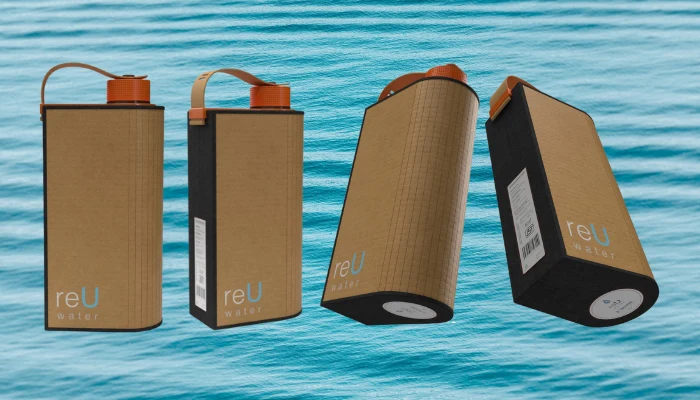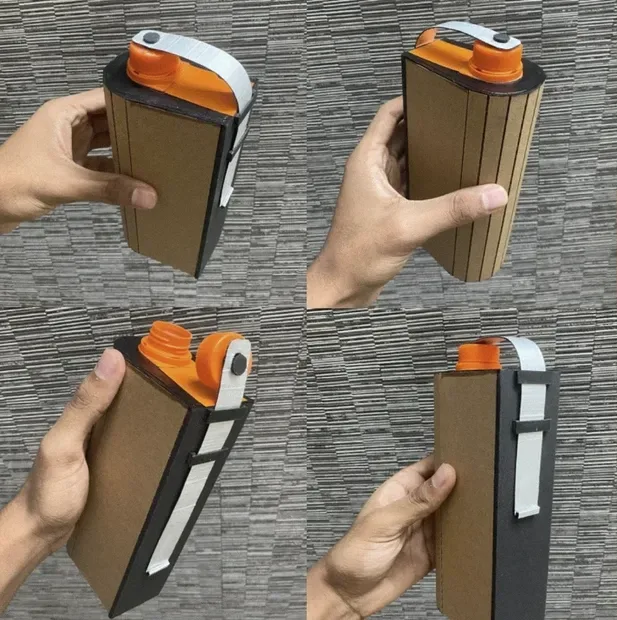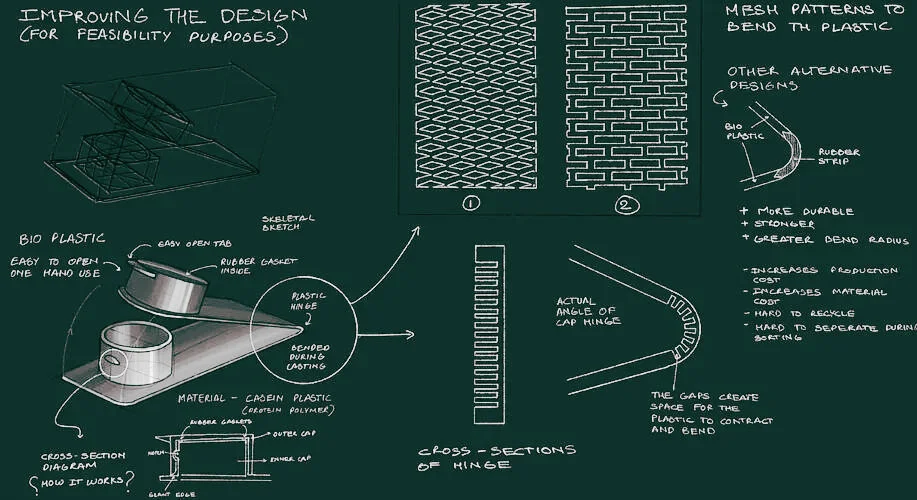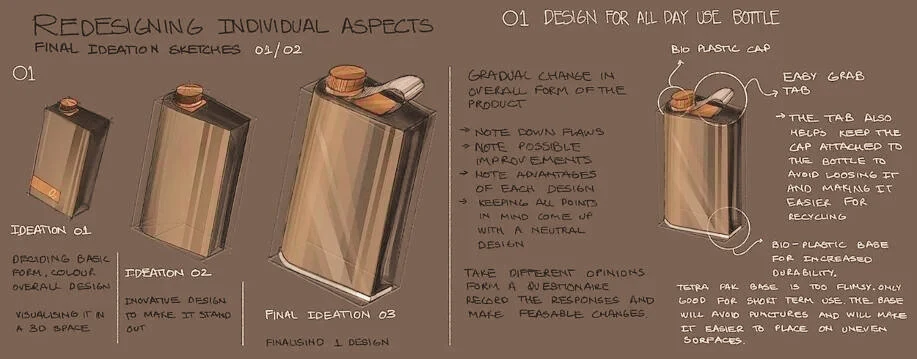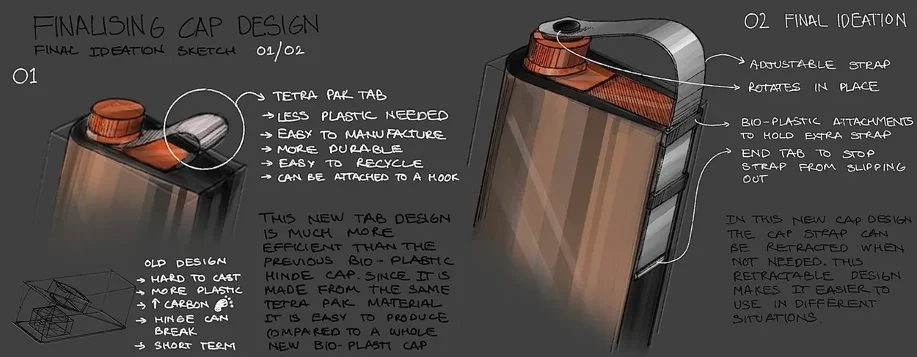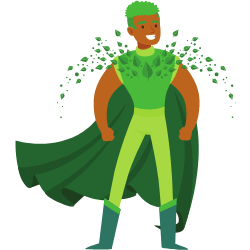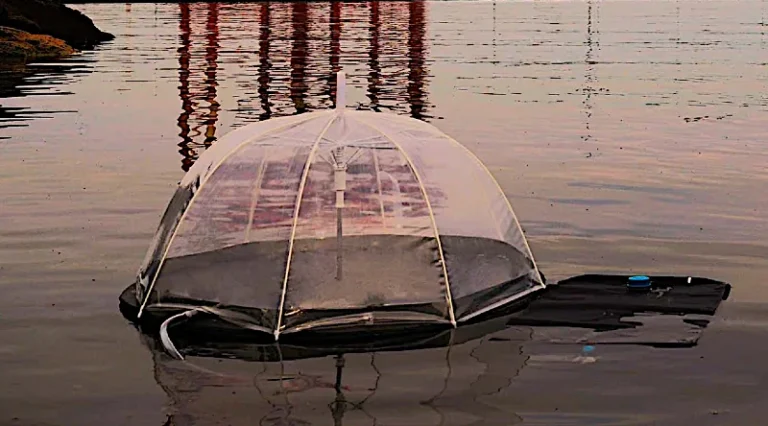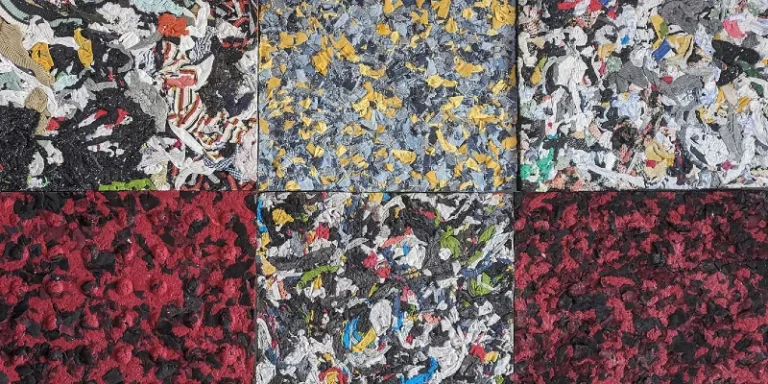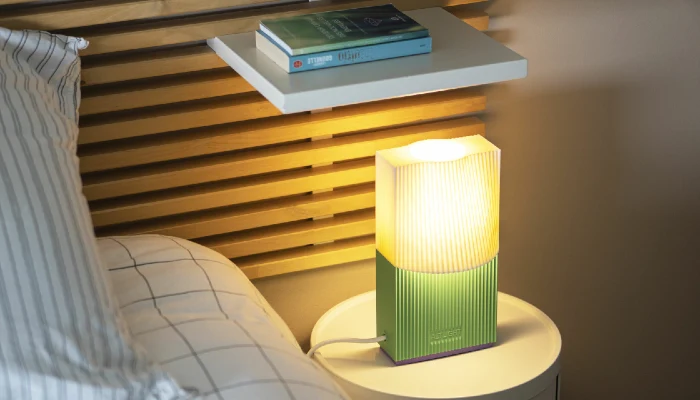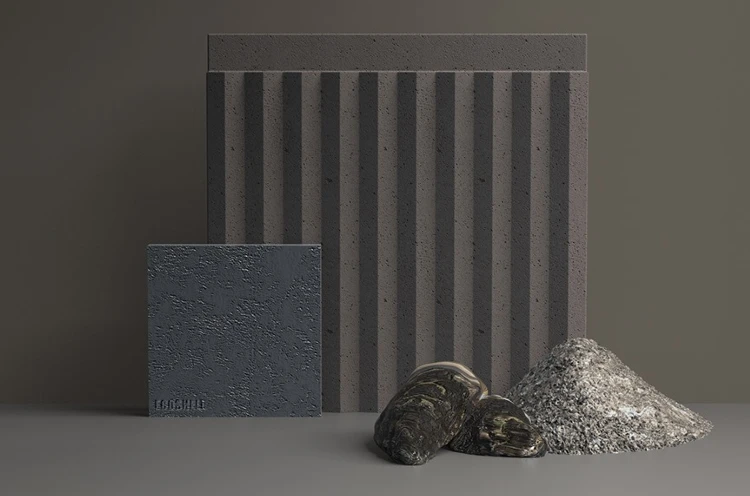When you think of staying hydrated, the image of a plastic water bottle probably springs to mind. These convenient, portable containers are ubiquitous, but they come with a significant environmental cost.
Enter the reU, a revolutionary concept in the world of water bottles, marrying the need for hydration with sustainability.
Why Traditional Water Bottles Fall Short
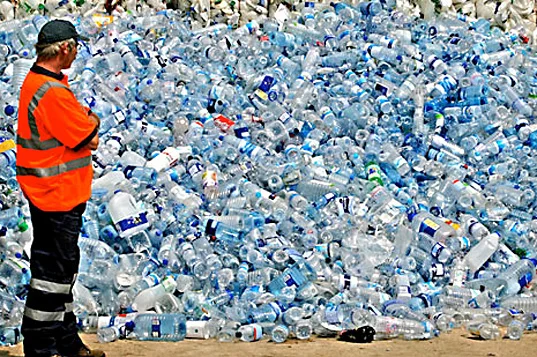
Picture this: a world where over one million plastic bottles are bought every minute. That’s not fiction; it’s our current reality. Most of these bottles are made from PET (Polyethylene Terephthalate), favored for its light weight and durability. However, this convenience comes at a steep ecological price. The United Nations Environment Programme found that up to 13 million tons of plastic leak into our oceans every year, contributing to habitat destruction and endangering marine life.
The reU Concept
Now, imagine a water bottle that combines the familiar comfort of a milk carton with the durability and reusability of a traditional water bottle.
This is the essence of reU. Drawing inspiration from Tetra Pak containers, commonly used for milk and juice, reU is designed to be kept, reused, and eventually recycled with ease.
A Closer Look at reU’s Sustainable Design
The reU bottle is a blend of cardboard, aluminum, and polyethylene, meticulously selected for their environmental and functional benefits. The cardboard offers robustness and a smooth finish, aluminum provides strength while remaining lightweight, and polyethylene, constituting only 5% of the total design, is added for its production simplicity. This combination strikes a balance between sustainability and practicality.
reU’s design isn’t just about sustainable materials. Its flask-like shape optimizes space and ensures a comfortable grip. The bioplastic dotted cap offers ease of use and visual appeal, contrasting with the vertical lines of the bottle. Additionally, a rubber tab not only secures the cap but doubles as a strap, adding to the bottle’s convenience.
Lifecycle and Recycling: A Circular Approach
Unlike traditional plastic bottles, reU is designed with an end-of-life plan. The goal is for the bottle to be used, worn out, and then recycled. Each component of reU can be separated and recycled individually, ensuring a clean and safe drinking experience throughout its life cycle. This design aligns with a circular economy model, where products are made to be remade, reducing waste and resource consumption.
How reU Stands Out from the Crowd
Comparing reU to its plastic counterparts sheds light on its sustainability edge. A study by the Journal of Cleaner Production highlights that aluminum and cardboard have lower environmental impacts than plastics over their lifecycle. Moreover, the recycling rate for aluminum in the U.S. is around 50%, significantly higher than plastic’s dismal 9%, as per the Environmental Protection Agency (EPA). This means reU isn’t only more sustainable in its use but also in its afterlife.
Connecting with the Audience: The Sustainable Choice
For environmentally conscious consumers, reU offers a tangible solution to reduce plastic waste. It’s a statement of commitment to the planet’s health, as much as it is a practical tool for daily hydration.
With its innovative design, ease of recycling, and sustainable materials, reU represents a small yet significant step towards a greener future.
The reU concept is more than just a water bottle. It’s a symbol of hope in our fight against plastic pollution. It stands as a testament to the possibilities of sustainable design, encouraging us to rethink our daily choices for the sake of our planet.
More To Discover
- Transforming Palm Trees into Eco-Friendly Building Materials: A Green Innovation to Tackle Construction Emissions
- Grain Husk Packaging: The Future Alternative to Plastic Styrofoam in Your Next Delivery
- Materials Shaping the Future of Sustainable Fashion: Polylactic Acid (PLA)
- Plant-Based Leather Lighting Casts Shine On Design Sustainability
Designer: Rishikesh Sonawane
An up-and-coming industrial designer specializing in Product Design & Innovation, Research & Development based in India.
“The world around inspires me, observing form & function, people-product interaction and identifying ways to enhance those experiences motivates me.”







